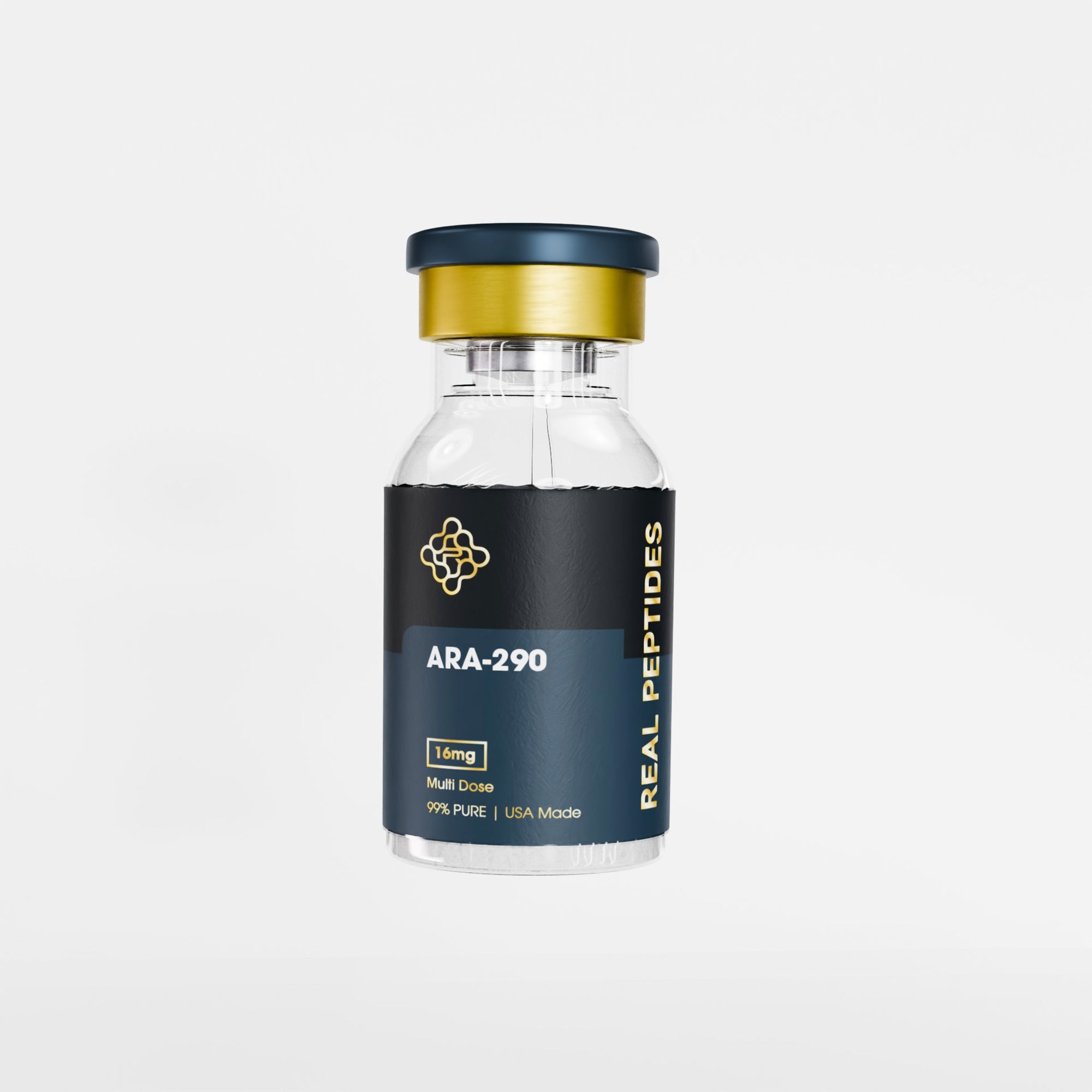

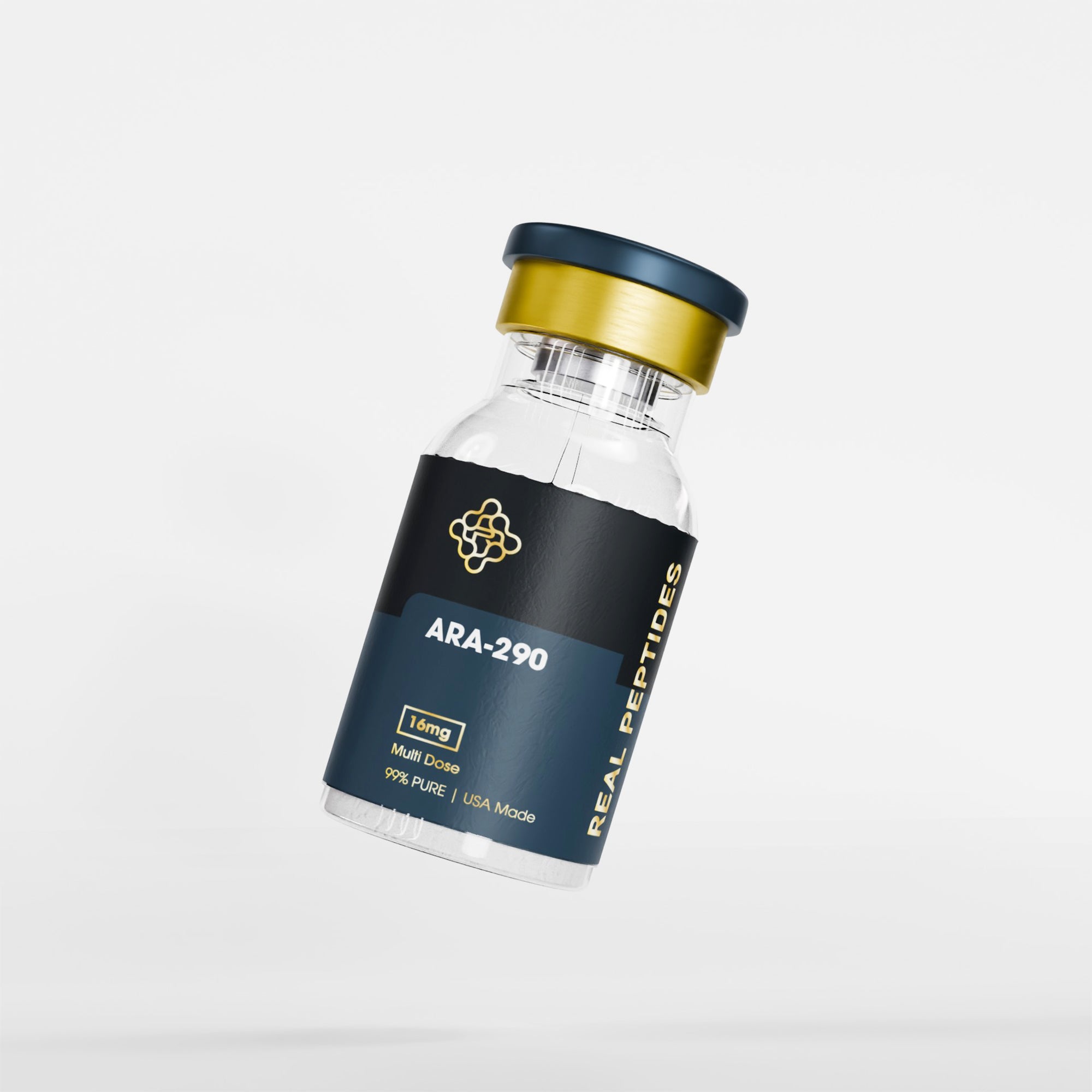
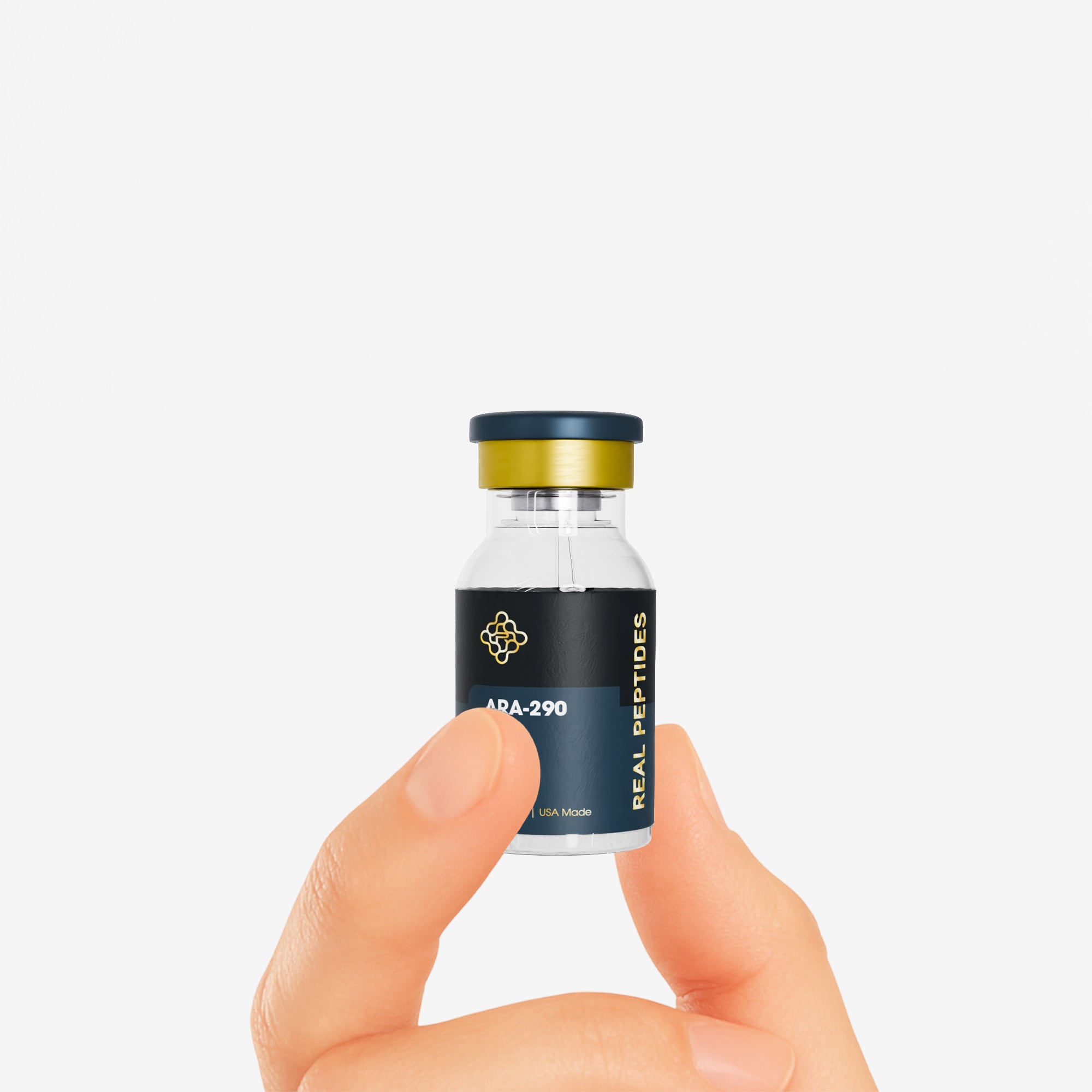
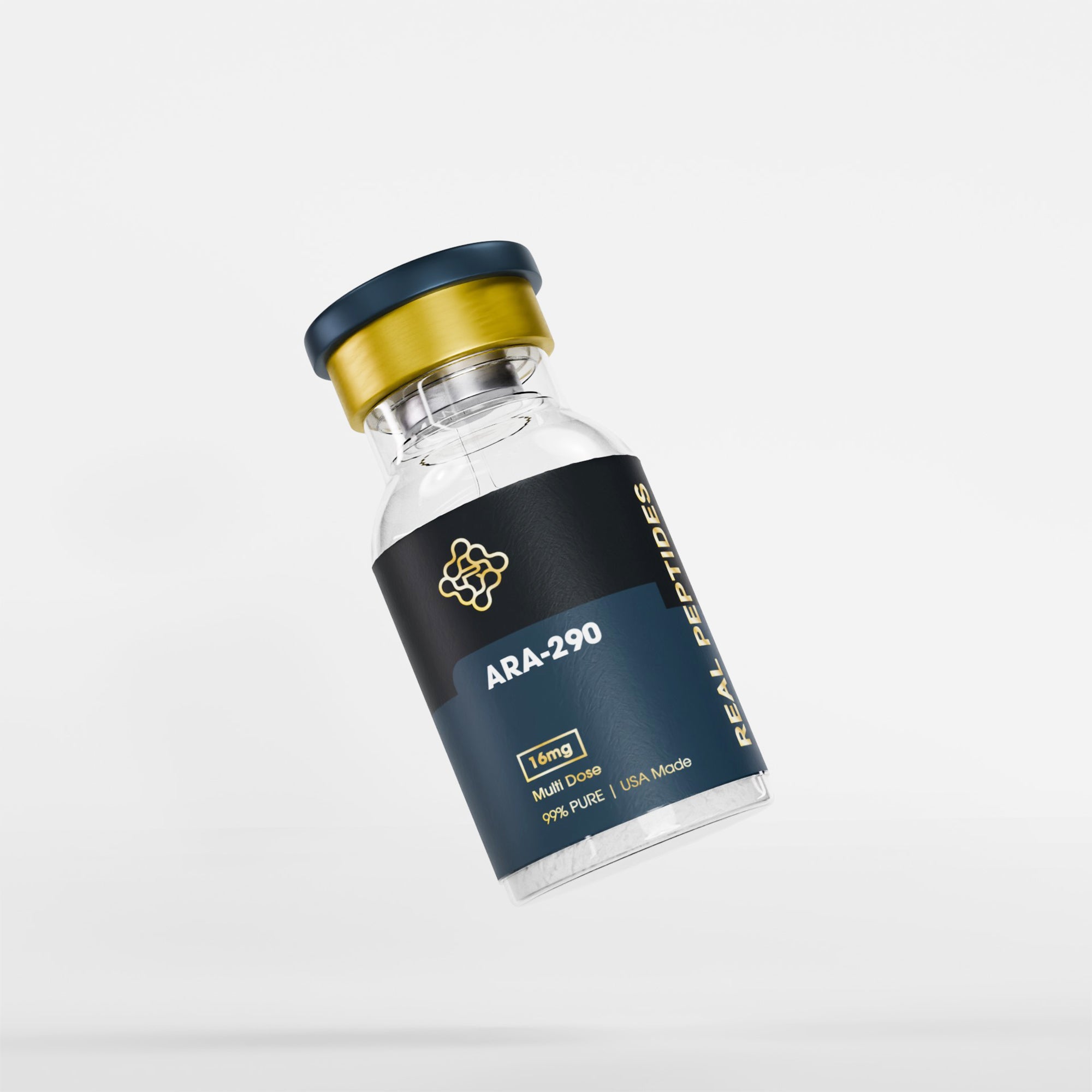
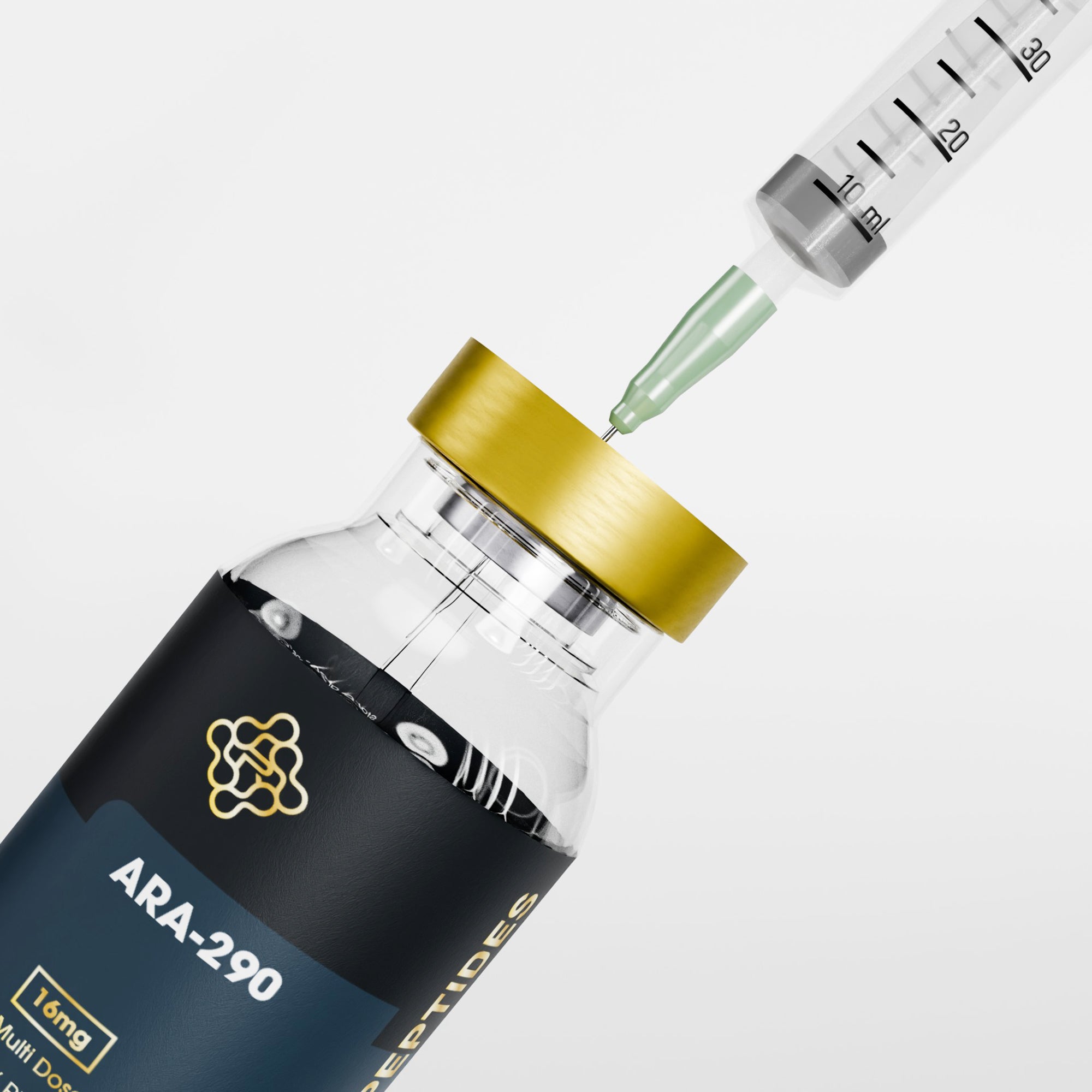
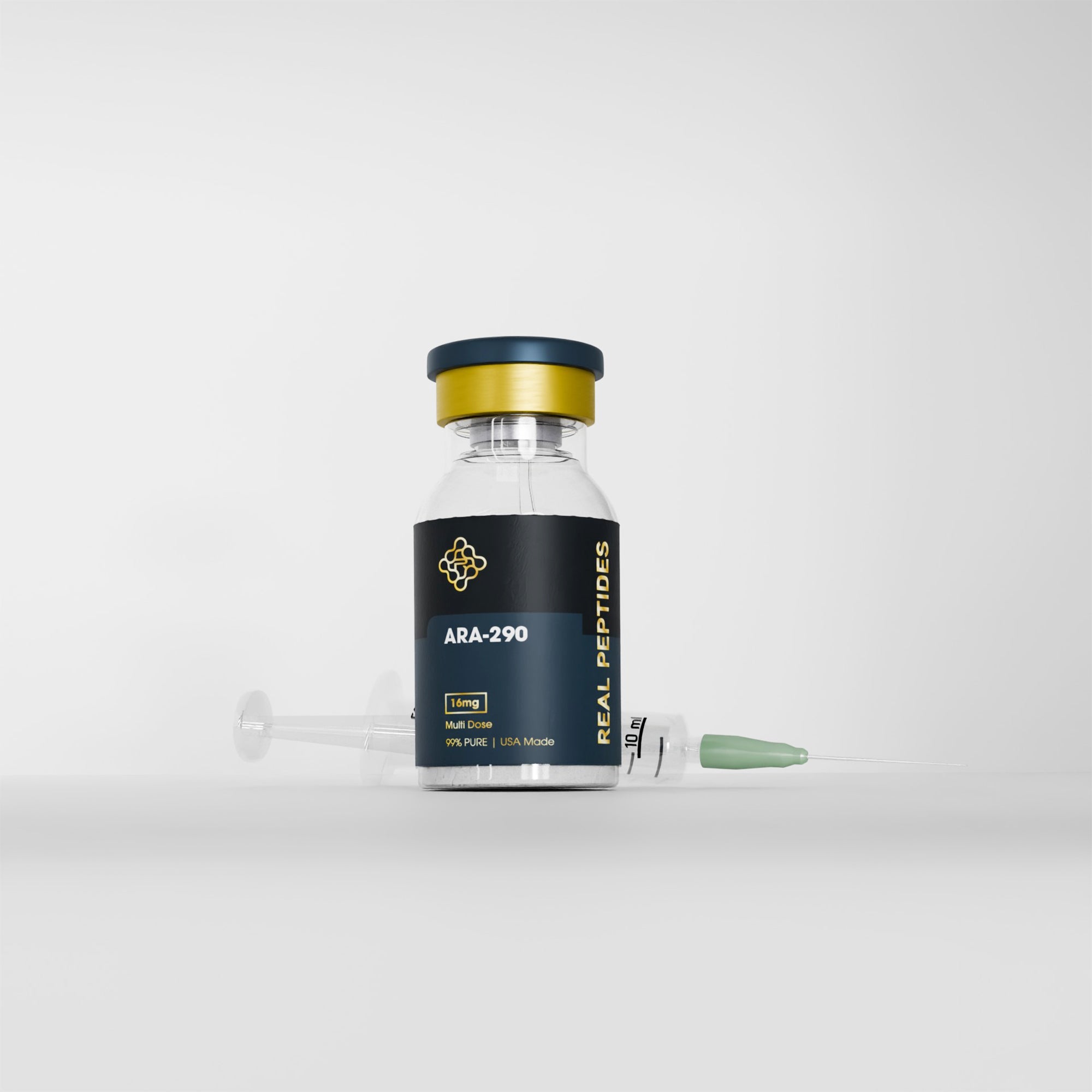
In Stock, Ready to Ship!
$85.00 — or subscribe and save 20%
99% Pure | USA Made | Multi DoseARA-290 (Cibinetide) is an 11-amino-acid synthetic peptide derived from erythropoietin that selectively activates the innate repair receptor (IRR) without stimulating red-blood-cell production. Widely used in preclinical models of neuroinflammation, organ protection, and metabolic regulation, ARA-290 offers precise IRR engagement and robust cytoprotective signaling. Each 16 mg vial is manufactured under ISO-certified conditions, verified at ≥99% purity by HPLC, screened for endotoxin (<0.1 EU/mg), and delivered with a full Certificate of Analysis.

Peptides are not ready to use. Must purchase BAC water for reconstitution.
In rodent models of neural injury, ARA-290 reduces microglial activation and preserves neuronal viability via innate repair receptor signaling.
ARA-290 activates anti-apoptotic pathways (e.g., Akt phosphorylation) in ischemia–reperfusion assays, limiting cell death in heart, kidney, and liver explants.
Preclinical studies show ARA-290 lowers pro-inflammatory cytokines (TNF-α, IL-6) in macrophage and endothelial cultures, modeling resolution of acute inflammation.
ARA-290 enhances insulin-sensitivity markers in adipocyte and hepatocyte assays, offering a tool for dissecting IRR-driven metabolic pathways.
In ex vivo skin models, ARA-290 promotes keratinocyte migration and matrix remodeling—accelerating wound-closure kinetics by up to 40%.
Reconstitute ARA-290 in Sterile Water for Injection (SWFI) or Bacteriostatic Water (BAC). Store lyophilized at –20 °C; keep reconstituted peptide at 2–8 °C and use within 7 days for >98% integrity.
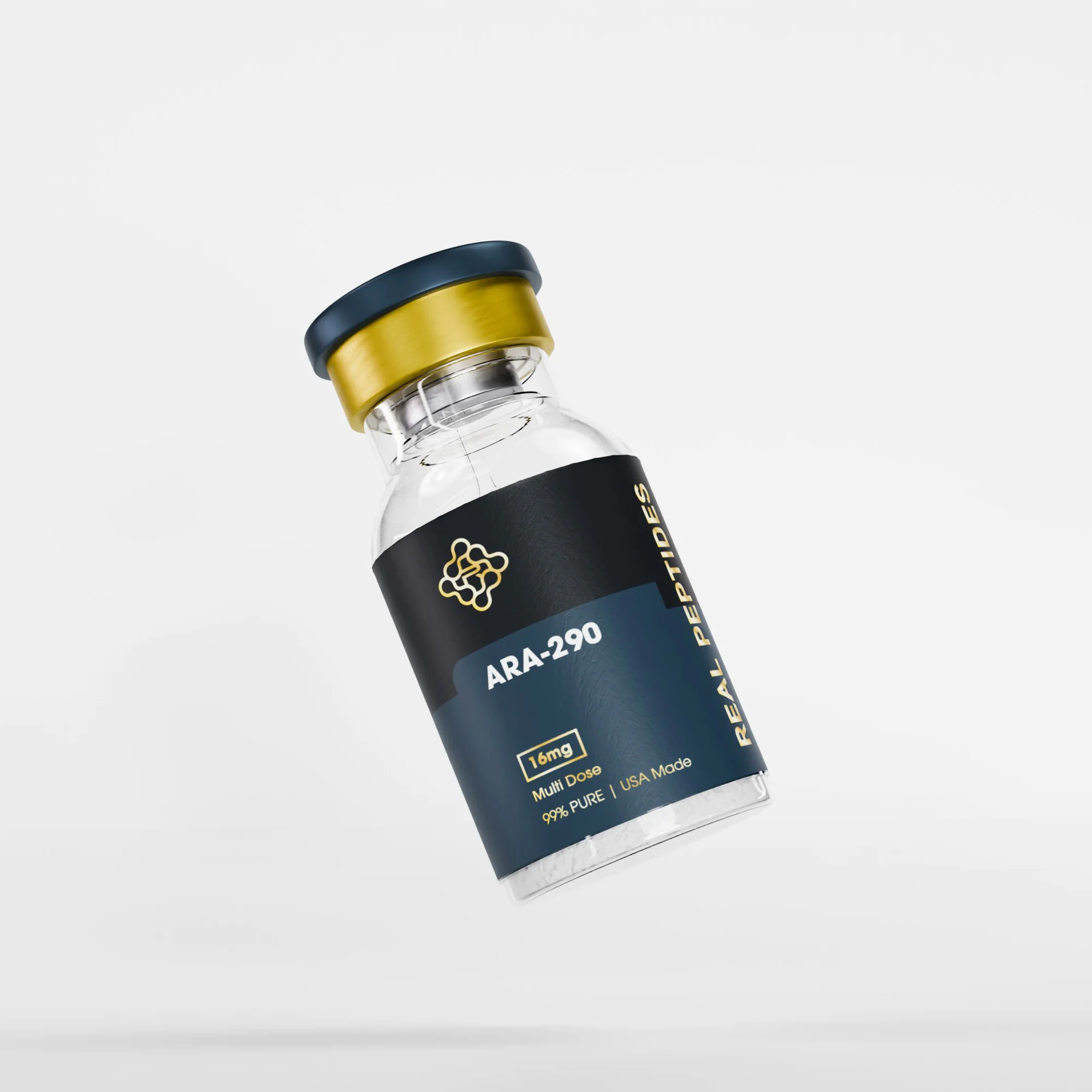
ARA-290, also known as Cibinetide, is a lab-engineered 11-amino-acid peptide fragment of erythropoietin that selectively engages the innate repair receptor (IRR). Unlike full-length EPO, ARA-290 triggers cytoprotective and anti-inflammatory pathways without stimulating erythropoiesis. In preclinical research, it’s applied to neural, cardiovascular, renal, and metabolic models to explore mechanisms of tissue protection, inflammation modulation, and cell-survival signaling.


Researchers choose ARA-290 for its unmatched selectivity: it binds the IRR to activate PI3K/Akt and STAT3 pathways that promote cell survival, reduce inflammatory damage, and enhance tissue repair. Its small size ensures rapid tissue penetration and consistent receptor engagement. Each vial is produced under ISO-certified, cGMP-like standards and validated by HPLC (>99% purity), MS/MS sequence confirmation, and endotoxin testing—guaranteeing reproducible results across neural, cardiac, and metabolic study designs.
Unlike broader cytokine-mimetic peptides, ARA-290 isolates the reparative arm of EPO signaling via the IRR, avoiding any hematopoietic side effects. This targeted action enables clear investigation of cytoprotection in models of ischemia, neurodegeneration, and metabolic stress. Coupled with its demonstrated stability in both lyophilized and reconstituted forms, ARA-290 stands out as a precision tool for dissecting IRR-mediated tissue-repair and anti-inflammatory mechanisms.
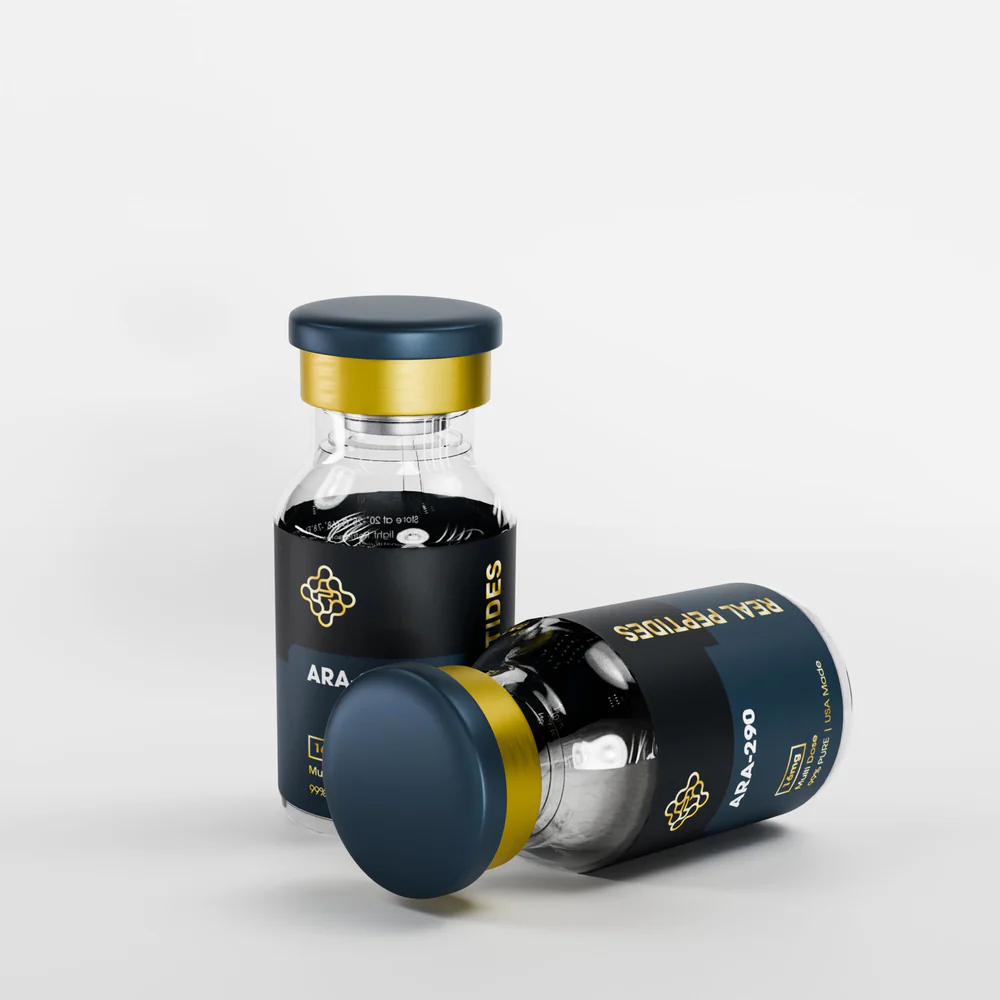
This March 2024 paper demonstrates that ARA-290 treatment improves insulin signaling and reduces inflammatory markers in hepatocyte cultures exposed to high-glucose conditions, suggesting potential for metabolic-dysfunction research.
Published March 2024, this study shows ARA-290 crosses the blood–brain barrier in rodent models and attenuates microglial activation in an LPS-induced neuroinflammation assay, providing a new tool for CNS inflammatory research.
In April 2024, researchers reported that ARA-290 enhances macrophage efferocytosis (clearance of apoptotic cells) and reduces bone-resorptive cytokines in an ex vivo periapical lesion model, opening avenues for dental-inflammation studies.
Don't hestitate to contact us
End of Content.